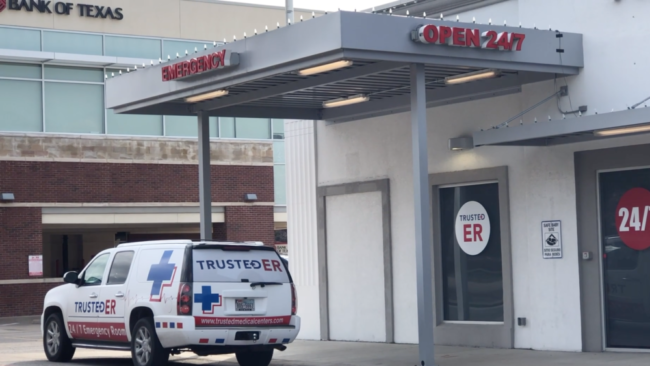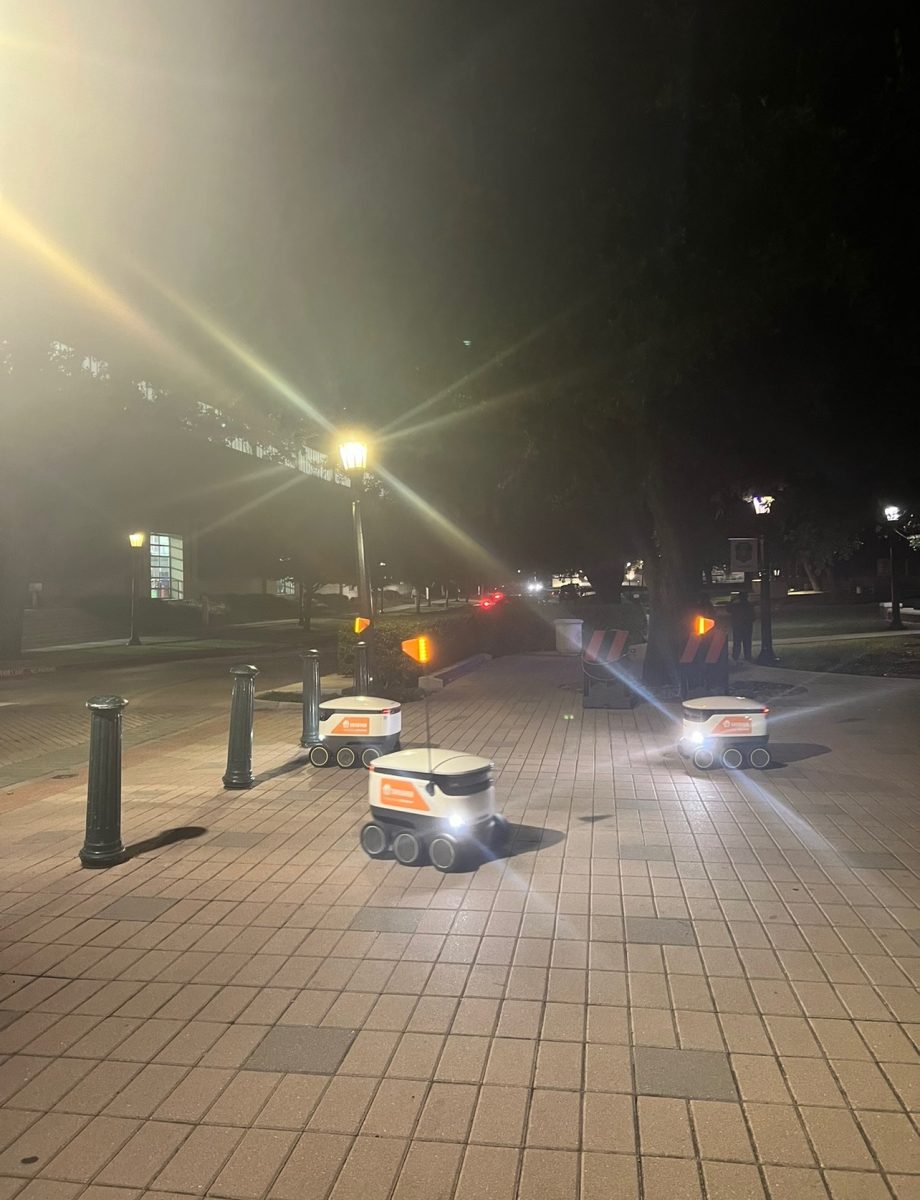When SMU students get sick, they can choose where to go for treatment.
“There are a lot of options out there, and I think it’s important for students to weigh the options out there based on the medical symptoms they’re experiencing,” Griffin Sharp, Assistant Director of Health Promotion at SMU, said.
Many students go across the street to Trusted ER when they’re feeling under the weather.
“They have really nice facilities, they’re always very professional, and they have a lot of good snacks,” SMU senior and Trusted ER patient Chase Haller said.
But all of those perks can have unexpected drawbacks.
“I went in for being sick with the flu and some other stomach bug, and I was also really dehydrated,” Haller said. “They gave me two bags of IV fluids and a blanket, and they charged my insurance $12,000. It took me nearly a month and a half and a threat of legal action to finally get them to give me a copy of the bill.”
Haller is not the only one who was surprised by his bill after visiting Trusted ER.
“I know quite a few other people who have had similar experiences to mine,” Haller said. “Realizing that Trusted ER had charged them thousands, if not tens of thousands to their insurance for very simple treatments.”
Expensive emergency room visits can be frustrating for students, but it’s not the only option. The Bob Smith Health Center at SMU is right across the street from Trusted ER, and an urgent care facility is just half a mile down the road.
In fact, there are six urgent care facilities within three miles of SMU, and while Trusted ER may be closer to campus, emergency rooms are typically more expensive.
“Individuals can expect higher costs at an emergency room or a stand-alone emergency room as opposed to an urgent care,” Sharp said.
But many students continue to go to emergency rooms when they might not need to.
“Emergency rooms are meant to be used for emergencies,” Sharp said. “Urgent care centers can handle a lot of the other things that might not need immediate attention.”
Individuals turn to emergency rooms when they have severe ailments, no matter what time of day or day of the week. But this constant availability comes with a higher price tag.
“ER’s often have an associated charge as to what is called a ‘facility fee,’ and that is the fee that is required to keep the centers open 24/7 and keep the centers staffed 24/7,” Sharp said. “A large portion of the cost that comes from an emergency room bill comes from a facility fee and that’s why they also tend to be on the more expensive side regardless of the emergency room or stand-alone emergency room that you would go to.”
The health center at SMU gives students a way to not only avoid the cost of emergency room visits, but also avoid going to a healthcare facilities entirely.
“It’s also important to look into telehealth and virtual doctor visits,” Sharp said. “Students are able to get face to face with a doctor, talk with a provider, receive a diagnosis, and they can be prescribed medication from that telehealth phone call for a lower cost than even an urgent care center.”
But Haller is not deterred by the cost associated with receiving treatment at Trusted ER.
“I probably will continue to go to Trusted ER based on the time of day or the day of the week, because most urgent cares are not open late at night or 24/7,” Haller said.
Students deciding where to go for treatment during normal hours should think about what kind of care they really need.














